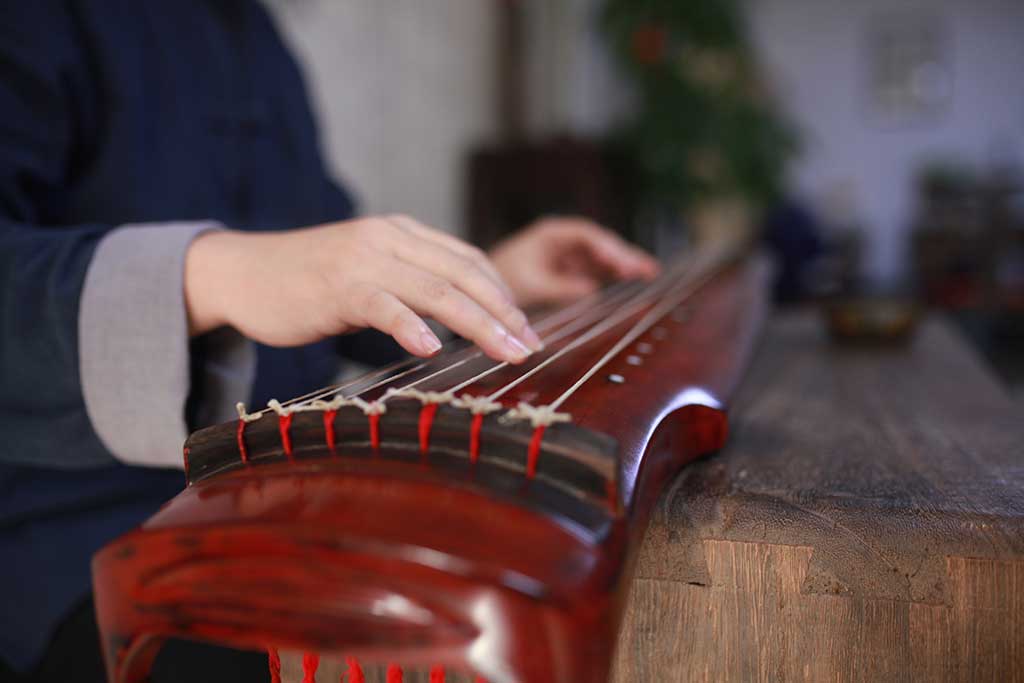Haiqing Nahe: Ancient music composed natural ecology and life philosophy picture
Haiqing Nahe is an ancient musical piece in Chinese traditional music. Its historical origin can be traced back to the Ming and Qing Dynasties. It is deeply loved by people for its vivid depiction of natural ecological scenes and allegorical story connotation. This music takes the two protagonists in the bird world, the sea green and the crane, as the theme of creation, and reproduces the scene of survival competition and harmonious symbiosis among natural creatures through the means of music art.

In traditional Chinese culture, "Haiqing" symbolizes courage and vigor, while "Fairy crane" means longevity and noble, which are in sharp contrast and interaction in the movement of "Haiqing Nahe". The melody fluctuates, both showing the fierce and swift side of the sea, and the soothing melody showing the graceful and calm state of the crane. The whole work is like a miniature drama woven with musical notes, vividly showing the natural law of the jungle, survival of the fittest and the life philosophy of all things living together and interdependent coexistence.
In addition, Haiqing Nahe also integrates the delicate emotional expression and humanistic care unique to traditional Chinese music, and inspires people to think about harmonious coexistence between man and nature and respect for the value of life through the form of music. As a treasure of classical music passed down to the present day, Haiqing Nahe not only carries rich historical and cultural information, but also is an important embodiment of Chinese traditional music aesthetics and ecological wisdom, which has a profound impact on later generations.
 渝公网安备 50010702504639号
渝公网安备 50010702504639号